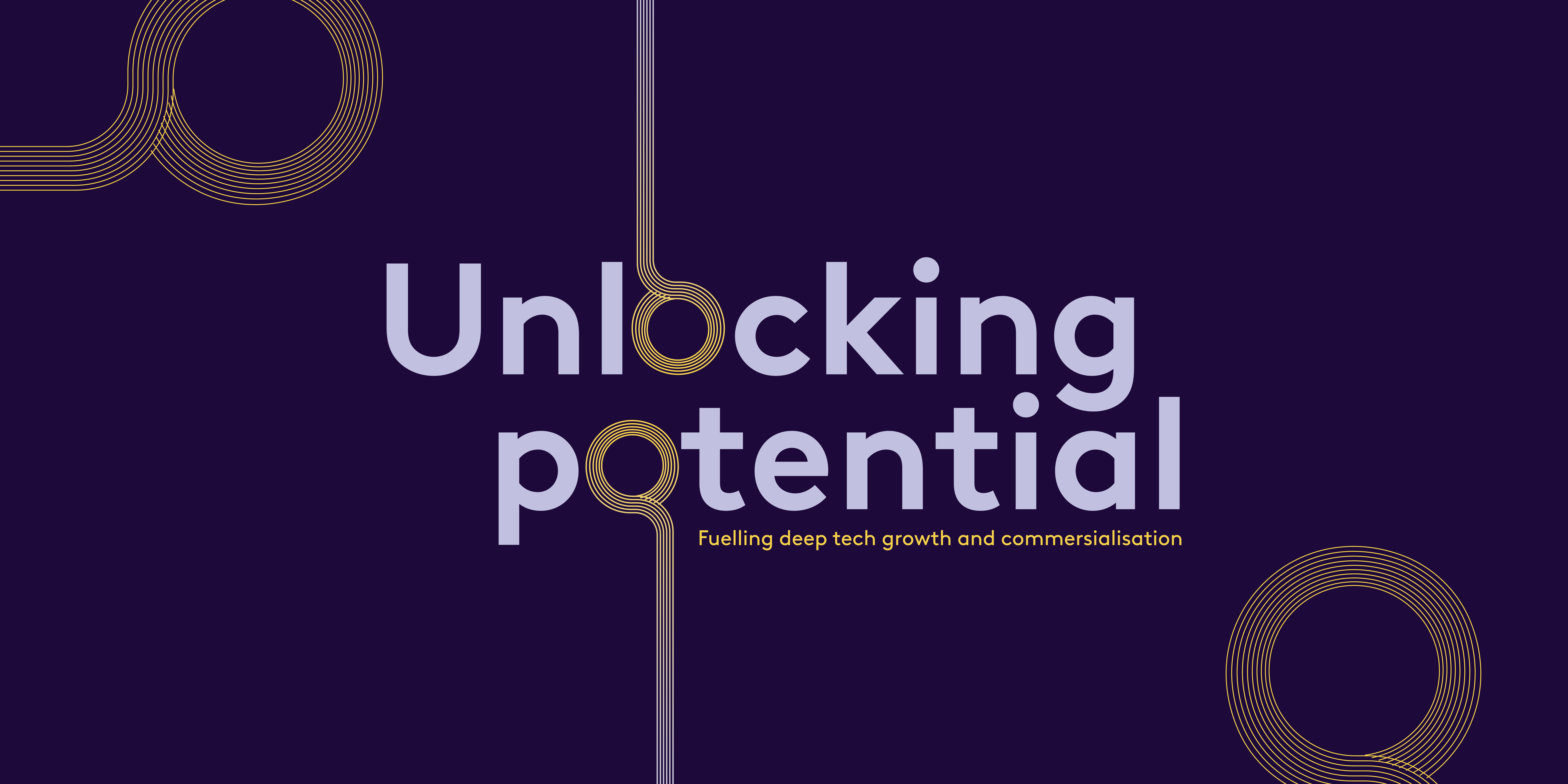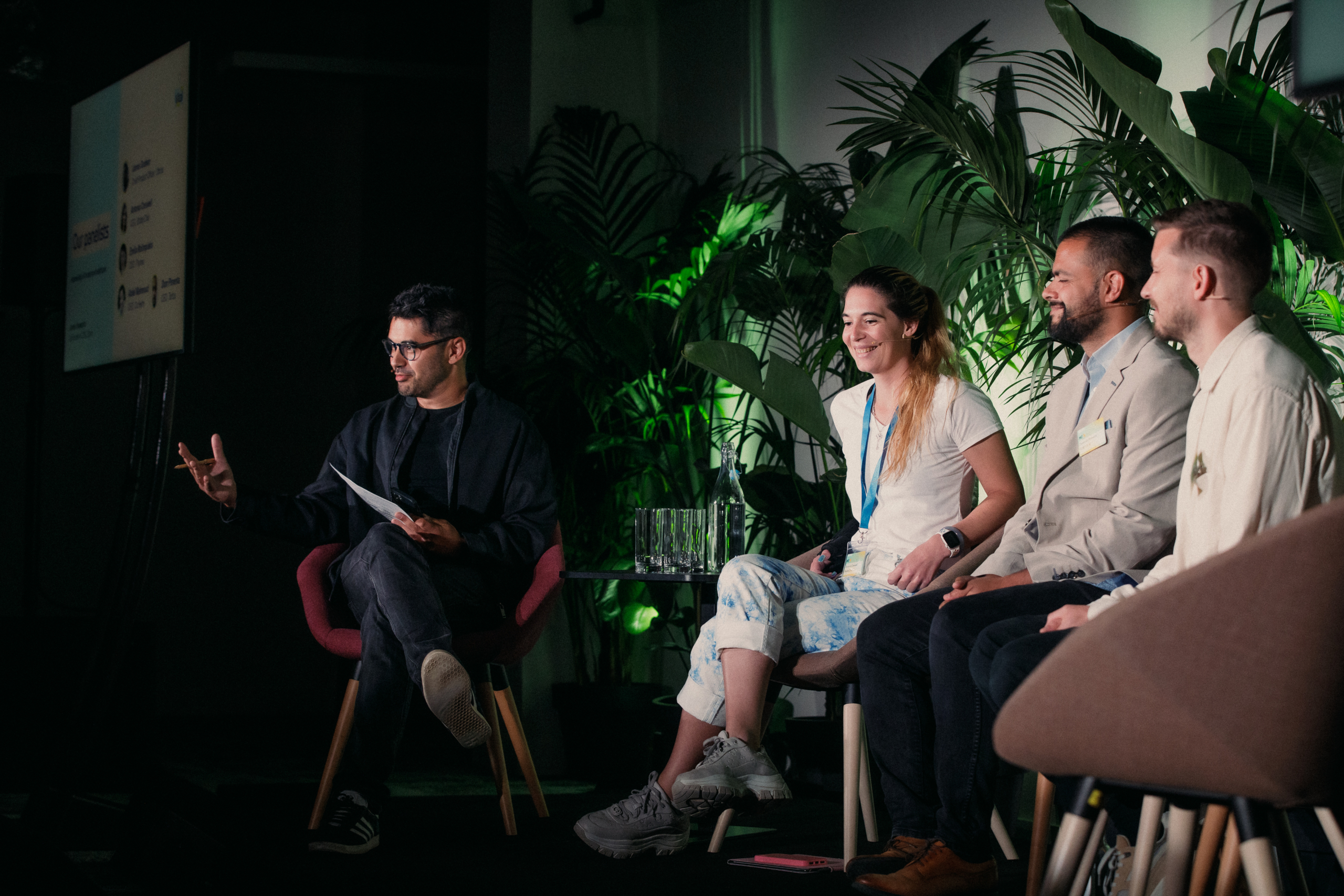Resources
What are important considerations in fundraising from US investors?
The US VC perspective
Do you have a good reason to be raising funds from US-based investors?
- – If you are a Seed or Series A company and you are not based in the US, it’s unlikely (though not unheard of) that your seed or A round will be led by a US investor. Geographical nexus is important for early stage deals. Since there is significant capital in Europe, looking for a US institutional investor to lead this early-stage round may raise a red flag without a good explanation as to why local investors are not committed to the deal.
- – If you are a company with at least $3m ARR and on a strong growth trajectory, US investors will be happy to look more closely at you. Pure growth equity investors are more likely to get excited at closer to $10m ARR.
- – Silicon Valley A rounds look like European B rounds. You may think this will mean you’ll get a higher valuation than in Europe, but the US investors may be looking at a European investment as a chance to get better pricing. Higher valuations are also a product of larger market opportunity – and in early stages, it is not a given that your product or positioning will be a fit to the US. Make sure you search out European growth funds as well.
Do your homework and create a shortlist
- – Given the sheer volume of VC funds operating in the US, it’s more important than ever that you have identified sensible, value-add partners who fit your business stage and plans for the future.
- – Understanding and thinking through how your proposed fundraise aligns with your intended investor’s fund profile, required return, and exit requirements is the first part of this process. A $300m exit to a founder may sound exciting (and make them rich) but for a $5bn fund that has invested – this just won’t make sense. This doesn’t just mean looking at the investor’s website. Funds’ strategies often change, so you will still want to glean information from folks close to them.
- – Reference these funds within your network, including your current investors. It’s always good to know what value the investor brings to the table, as well as any egregious terms they may try to get included in the deal.
Think about relationship building early, but not too early
- – You can lose the interest of a VC very quickly, so make sure you are introduced when the timing is right. If you are growing very rapidly and about 6 months out from fundraising, this is probably the most efficient time to connect.
- – Similarly, coming onto their radar very late may leave a poor impression. While there may be a hot race to fund you, VCs far prefer being able to spend at least a week making their decision and feeling rushed or pressured can end up in you having less offers on the table or missing out on the right partner.
Start with your “tier 2” VCs
- – Do your first pitches and meetings with VCs you are less attached to. If you start with your perfect partner, the likelihood is it won’t be your best pitch and you’ll miss the chance to make a strong impression.
Simplify your cap table and board structure
- – Growth funds do not want to deal with a long-tail, messy cap table with multiple angels, or a large, unwieldy board.
- – If you haven’t done this before the round, quickly identify how to clean up the cap table as part of the round and include this in your pitch appendix.
Don’t be too candid in your pitch
- – European founders can often sell themselves short. Americans are (generally) hustlers and salesmen by culture. They have grown up as part of a very large market and feel comfortable explaining how they will easily become a billion-dollar company.
- – European founders, by contrast, can deliver their pitches far too honestly and self-critically. Suggested market sizes may end up being the sort that the investor would expect to come up with themselves after some diligence and the approach from start to finish can often be far too conservative. Make sure the vision is big and visionary.
- – You’ve got to get that second meeting; don’t give a VC an easy excuse not to take it.
Demonstrate that you are a dynamic and inspirational leader
- – VCs are looking to you to scale a successful team.
- – The biggest challenge the CEO will often have ahead of her is building and retaining a successful, high performance team able to execute strongly against the business plan.
- – The investor wants to feel inspired by you, and to gain an insight into what your future employees are going to see – and they will be analyzing this throughout your pitch.
- – If an investor doesn’t think you appear coachable, or if you miss out small talk and are straight down to business, they may not want to back you. You’ll hear time and again that the average VC-founder relationship lasts longer than the average marriage, so they must be able to foresee a strong working relationship blossoming.
Let everyone in the room talk
- – If you bring your CTO, CMO or any other team member, make sure they speak, particularly when there are questions relevant to their area of expertise. If someone attends the meeting and doesn’t speak, this can appear odd and be a red flag.
- – Don’t forget a VC will be looking at how you communicate between yourselves, and they do not expect the CEO to be the only responder. Team chemistry, especially at the senior leadership level, is scrutinized closely
Metrics, metrics, metrics
- – There should be one solid slide of key metrics in your deck and you should be able to talk to these very easily. At growth stage in particular, the data is incredibly important. Have it at your fingertips – and have it be more than topline revenue growth.
Give a clear, rational explanation for the size of your fundraise
- – Don’t double the size of the round simply because you are in the US. Yes, there is more capital available across the Atlantic and a number of deep-pocketed funds, but they won’t write a bigger check just because you say $20m when you need $10m.
- – Articulate very clearly what the funds will go towards and what effect you expect this to have on the key metrics of the business.
Know your competition
- – No VC wants to feel like they know the competition better than you do.
- – This goes for direct and indirect companies, younger and more mature companies and all that is in between. You should know the competition inside out: you’ve used their product, may know some of their key team members, have spoken to their customers and generally, have done your homework.
- – Explain why you’re different and how you think you can protect that difference.
- – Don’t miss out anyone obvious or be dismissive of any competitors. It is far better to discuss it head on.
- – Don’t forget, competition is often good validation, so don’t be afraid of discussing it openly.
With thanks to Bessemer, Insight, Bain Capital and others for their insights.
The Founders’ Perspective
Hot intros are better than warm ones
- – It will be much harder to get in front of a VC in the US than in Europe. A relationship you thought was warm 6 months ago may now be dead and your emails will go unanswered.
- – Intros are most successful from other VCs or CEOs, but these need to be very trusted, long-time, close allies and friends of the VC you are approaching.
- – Your investor(s) should really come into their own during this process. Hopefully, they have some US funds who they have done other successful deals with. For example, Insight Venture Partners had successfully invested in Delivery Hero prior to partnering with Rocket Internet again with Hello Fresh.
- – By talking regularly with investors when you aren’t fundraising, you can outline in one meeting how you see the market and your strategy, and at the next meeting you should be able to demonstrate how you executed against that strategy. These informal catch-ups can lead to invitations to pitch and even requests to do a deal which is not taken to the wider market (a real win when you think of the time and effort that goes into fundraising).
Prepare for a quick decision and a quick process
- – A yes or no is reached and delivered extremely quickly.
- – Often, diligence is being conducted in the background, so expect to be soft referenced.
- – On one extreme, a company had its first meeting with a US VC, had a verbal yes two days later, then an in-person diligence and term sheet negotiation two days after that. From the first meeting to signing a term sheet took no longer than a week.
- – After the term sheet, everything was sent across to the lawyers, and the investment team didn’t come back on the scene until they were about to sign the deal.
Terms may be different than you expect
- – A US investor may look at your financial plan, agree with its fundamentals, but significantly increase your numbers, suggesting you raise a far bigger round than you originally set out to raise.
- – They may propose harsher terms but with a focus on the long-term value your partnership will create.
Conversations feel different
- – From investors to executives to customers, conversations have a different feel to those in Europe. The US can feel more strategic and “blue sky” compared to the more pragmatic and granular European culture.
- – Nevertheless, certain US investors are extremely hands-on. They typically come from an operating background and like to be involved with every decision made by the business, from hiring to press releases. Look out for this when diligencing the background of your future board director and try to set the parameters of their ongoing engagement from the outset so you don’t feel suffocated.
Diligence centers around customer and co-investor reference calls
- – US investors already know whether they like the market you are operating in or not. They want to understand what your existing and prospective customers make of the team and the product offering. References are taken from other team members, employers and existing investors. US VCs can accomplish this quickly due to extensive and willing networks. The result is a quicker diligence process.
- – Data is a focus at Series B+ rounds but before that, while European VCs appear to care far more about slicing and dicing the data at every stage, a US VC cares more about your vision and the strategy which will make that vision a reality.
- – If you are lucky enough to be a successful entrepreneur who has built and sold a business previously, the diligence is likely to be based on the key founding team members. This will be a test of chemistry (on both sides) and developing a trust-based relationship. The investor will be making a bet on you but will seek to understand if you know what you want to achieve and how you are planning to get there.
Get them bought into your mission and your vision – and make sure that it’s a big and bold one
- – US investors are more excited by the big vision that is presented to them. European investors tend to be more skeptical and cynical.
- – It’s vital to get the US investors bought into your mission early in the pitch process. You can often determine how the meeting is going to go within the first 15 minutes.
You don’t necessarily need to be expanding to the US
- – It is not a prerequisite to be expanding to the US or to have existing customers and traction there in order to get funding from a US investor.
- – However, founders and investors alike make the same point: know why you think this investor is a good fit for you, wherever they are based, and be able to explain this with conviction.
- – If they have a history of successfully investing in consumer businesses coming to the US from Europe, that’s a pretty good reason for a consumer startup following the same pattern to look closely at them.
- – If you do have traction in the US but don’t yet have a senior presence out there, don’t be surprised if a US investor expects a senior team member to permanently move to the US. They may also insist that the company they invest into is a US entity. This will make for extra fun in the fundraise (watch those legal fees and use lawyers who have done this many times before) but, if you ultimately think 60%+ of your revenue will be from the US, it can be a sensible move.
Top tip – get an early agreement on the exchange rate
- – If you are getting an investment in dollars but issuing your shares with a GBP or EUR share price, don’t forget to get the agreed exchange rate locked in early on, and preferably in the term sheet. This may work for or against you when it comes to funding, but at least everyone knows what has been agreed and the number of shares being issued and at what agreed share price.
Expect other offers to come in if a Silicon Valley fund issues a term sheet
- – It is likely that you’ll have received various rejections and reasons why you were not getting funding.
- – As soon as you receive a term sheet from a US investor, expect to be the hottest ticket in town, and don’t be surprised if investors who turned you down originally, come back to ask to be a part of the round. It’s simply the herd mentality in play.
Be more bullish
- – Immediate addressable markets are, on the whole, smaller in Europe than in the USA, and it can therefore appear harder to build a very large business in Europe alone. The level of sophistication and quality of execution in Europe can, however, often be much higher because it simply has to be in order to build a successful European business. In the US, you have the good fortune of simply having a really big market in front of you which can lead to apparent success. European founders should have more confidence when thinking about tackling the US market and remember that their ingrained discipline may well be the first stepping stone to success.
“ In the US, if you cannot pitch a vision / purpose / huge problem, then people won’t listen. Investors care about what you are trying to solve; the product is the consequence of that problem”.
With thanks to Hello Fresh, WeFarm, Behaviosec and others for their insights.














